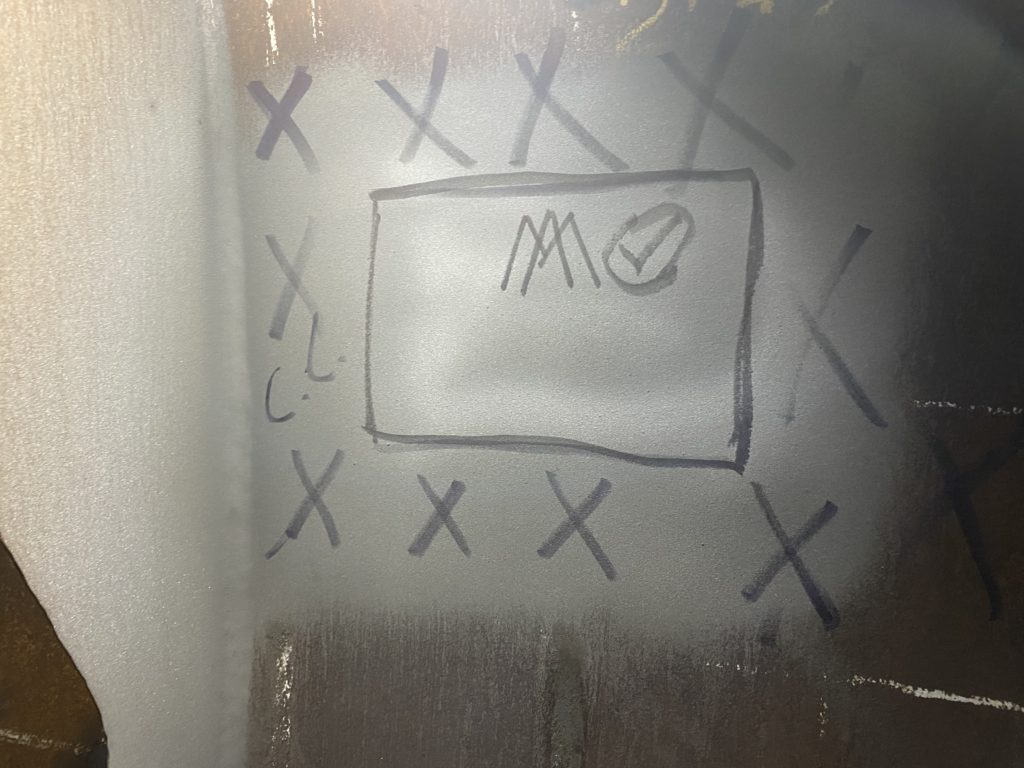Problem: Avoid PWHT while mitigating corrosion in sulfuric acid alkylation unit (SAAU) reactors
Solution: IGS HVTS applied within three days per reactor, no PWHT is needed
Outcome: Millions of dollars saved. The alternative solution would have taken 21 days to apply.
The Problem
A large oil refinery in Texas required a solution to corrosion in three of its sulfuric acid alkylation unit (SAAU) reactors, caused by a high concentration of sulfuric acid. The plant required critical path maintenance work to be carried out and had two options available to fix the issue: either potential window replacement with Weld Metal Overlay (WMO) or Integrated Global Services (IGS) High Velocity Thermal Spray (HVTS) solution.
The Solution
IGS’s HVTS technology underwent extensive testing and analysis conducted by the plant’s corporate department. The solution received technical approval and IGS was subsequently chosen to complete the application on all three alky reactors.
The HVTS process includes true high velocity application. This cutting-edge technology allows IGS to apply claddings with much greater density and decreased permeability while keeping internal cladding stresses low. As shell temperature does not rise above 150C during cladding, no post-weld heat treatment (PWHT) is required.
IGS can achieve the smallest possible thermal spray particle sizes and apply them in as dense a pattern as possible. This type of application increases the distance of pathways leading from the surface of the cladding to the substrate beneath, virtually eliminating permeation levels. The applied corrosion-resistant alloy (CRA) cladding layer inhibits further interaction of the process constituents with the base material, therefore, mitigating further degradation.

The Application
IGS technicians were able to complete the application within six shifts across three days, as planned. During the process, there were several challenges such as the geometry of the vessel including fixed baffles and hardware inside the units. The experience and skill of the IGS operators enabled these challenges to be overcome safely whilst adhering to the work scope and project timeline.
The Benefits
The key benefit for the refinery of choosing HVTS as opposed to Weld Metal Overlay is the significantly faster application process. The IGS team was able to complete the application in three critical path days, whereas the WMO alternative would have taken approximately 21 days to complete. On average, it costs refineries $1 million USD per critical path day, so the cost and time savings of using HVTS for this application were significant.
Furthermore, HVTS doesn’t create a Heat Affected Zone (HAZ) and therefore will require no preheat or post-weld heat-treating (PWHT) saving more time and money, and putting equipment under less stress.
IGS Comment
Eric Duvekot, Director of North American Operations, said:
“We are really pleased with the outcomes we have achieved for our client in Texas. It was a challenging project due to the internal configuration of the vessels, but our team has the expertise to adapt and find safe solutions to problems when they arise.”
“The client is delighted with the results; we completed the work within the allocated timeframe and the units are now protected from further degradation. We have subsequently been invited to carry out similar work on sulfuric acid alkylation units.”
CATEGORIES:
IGS is here to provide information, answer questions and create an effective solution for your needs.